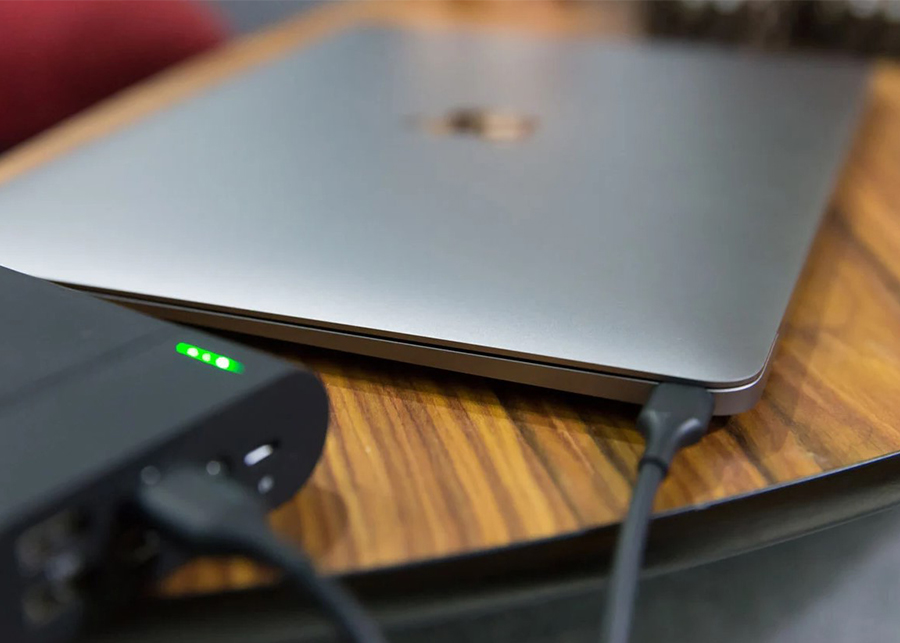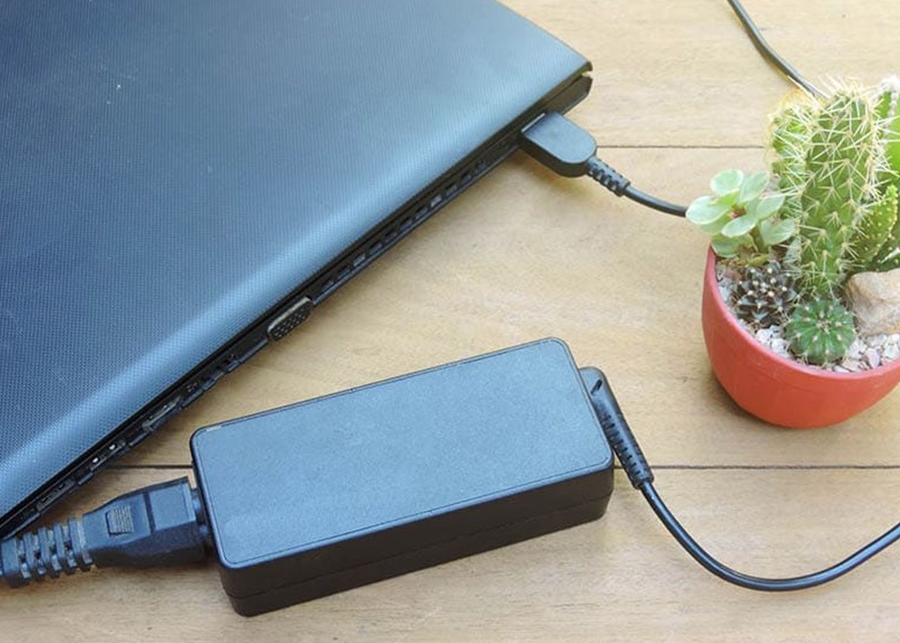How to Protect Battery Health of Laptop Devices
Are you facing problems with the battery health of your laptop devices? Are you trying to improve it? If the answer is yes then this article is for you.
There are many steps that you can take to protect the battery health of your laptop devices. Among them are keeping it between forty and eighty percent charged at all times. You can also monitor its health using an application. Lastly, avoid leaving it in direct sunlight or near a space heater. These conditions can destroy the battery quickly.

Keep your laptop’s battery between 40% and 80% charge at all times
Maintaining a steady charge in your laptop battery is crucial for extending its lifespan. Many manufacturers allow you to set a maximum charge level for the battery. This can help you avoid battery drain when you’re working on a deadline or in a busy environment. In general, though, you should try to keep the battery between 40 and 80% charged.
The 40 -80 rule applies to both mobile devices and laptops. This rule says that you should never let your battery run below 40 percent and to always charge it to 80% before removing it from your laptop. This rule has been shown to extend battery life.
It’s also important to remember that when a battery reaches eighty percent capacity, it starts to degrade much faster than a battery with a lower charge level. This is because the internal resistance in a battery increases significantly, and it takes longer to charge it to its full capacity. However, if you are concerned about the impact on your laptop, you can try charging it up to 100 percent and see how long it lasts.
Avoid discharging it completely after charging it
It is a good idea to avoid fully discharging the battery after charging laptop devices to preserve battery health. Laptop batteries can only handle up to 500 cycles of charging and discharging. Leaving your laptop plugged in warm temperatures can damage the battery.
You should charge the battery to at least 80% of its capacity and not any lower. This is because newer lithium batteries do better in a full charge cycle. However, it is not advisable to leave the battery charged all the time because this may overheat the battery.
Modern laptops are equipped with lithium batteries that automatically stop charging when the battery reaches 80% of its capacity. This prevents the battery from wasting energy when the battery reaches its full capacity. Instead, the energy is diverted to the system. It is also a good idea to set a timer for the charging and discharging process so that you are alerted when the battery reaches 80% and 40 percent. This way, you won’t have to worry about overcharging your battery and risk damaging its health.
When you’re charging a lithium-ion battery, make sure to keep it below 75% of its
original capacity. Performing this task will help prolong the life of the battery. Deep-cycling is best for battery types with nickel-cadmium or nickel- metal hydride, but it isn’t recommended for lithium-ion batteries.
Monitor your battery’s health with an app
If you use a laptop device that uses battery power, you may want to monitor the health of the battery with an app. This is an easy way to keep an eye on the state of your battery and see if you need to recharge it or replace it. The app can also help you to find ways to conserve energy on your laptop. BatteryInfoView is one such application that you can download free of charge. It displays information such as the current charge, capacity, and temperature of the battery. It also lets you know if the battery is reducing or gaining capacity.
The app allows you to see real-time data on battery life and the percentage of capacity left. You can also export the information for further use. For example, if you’re using an Apple MacBook, the app lets you view detailed data on battery health and capacity. You can also see the range distribution of battery capacity over time.

Avoid overcharging your battery
The best way to prolong the life of your battery is to avoid overcharging your laptop device. Laptop batteries are sensitive to high temperatures and should only be charged between 40 and 80%. If you do not plan to leave the laptop plugged in, it is best to run a charge cycle every month. In addition, keep the laptop cool to avoid overheating the battery.
If you frequently leave your laptop plugged in, it is important to make sure you unplug it from the wall. This is particularly important if you use it at home. You may want to set a reminder on your phone or desktop to prompt you to unplug the power cord. If you use Windows, there are apps like BatteryCare and BatteryBar Pro that help you avoid overcharging your battery.
It is important to know how to prolong the life of your battery. Many laptops use lithium-ion batteries. Despite what people may think, overcharging the battery of your laptop device does not reduce its life. In fact, it extends the battery life by up to 80%. It also prevents battery damage. When a battery is charged to 100 percent, it has between 300 and 500 cycles. However, if it is charged to 80%, it has between four and five times more recharging cycles.
How to Protect Battery Health of Laptop Devices Result
Conserve your battery. Consider the length of time that your laptop will be unused before completely charging or discharging the battery. Keep in mind that you do not have to fully discharge the battery in order to refresh it, so it is best to charge the battery well before it reaches a low level. There are some other things that you can do to use your laptop more efficiently, like operating the backlight at minimum illumination as well as reducing screen brightness and adjusting the display’s resolution. These steps will save you precious electricity and help you to avoid an unnecessary power bill.

